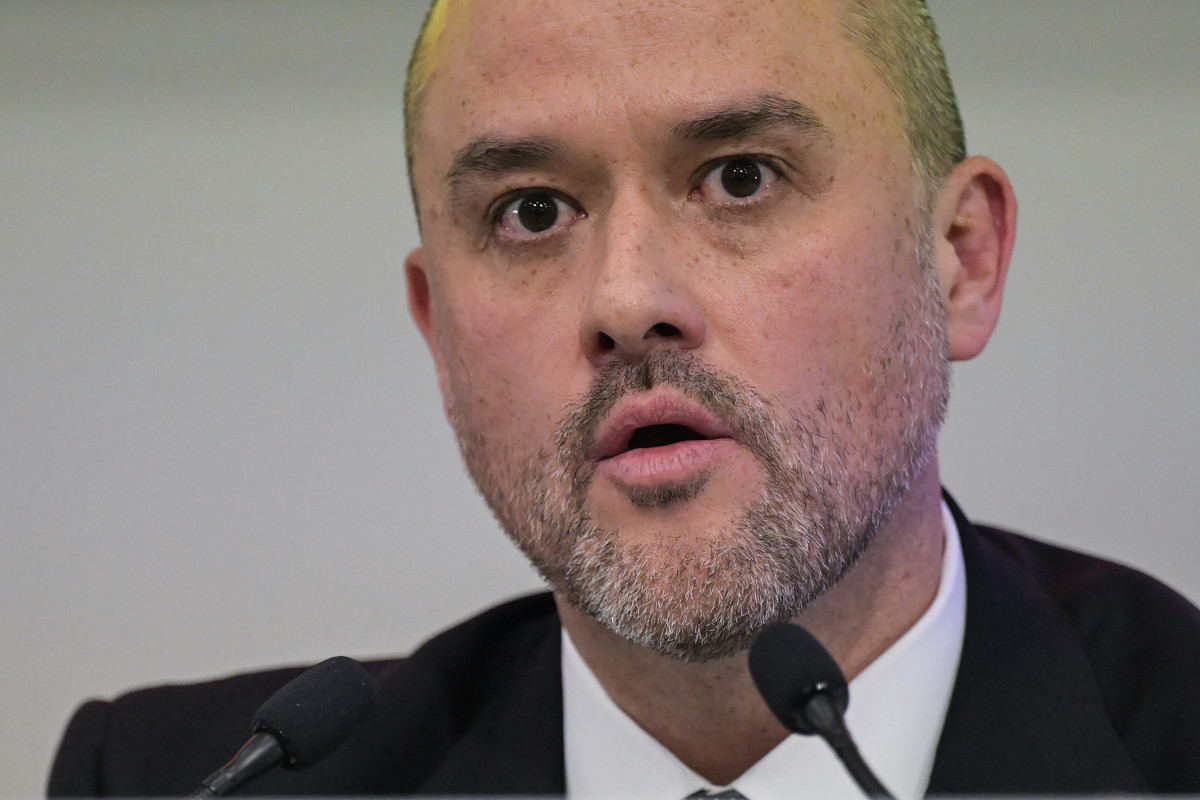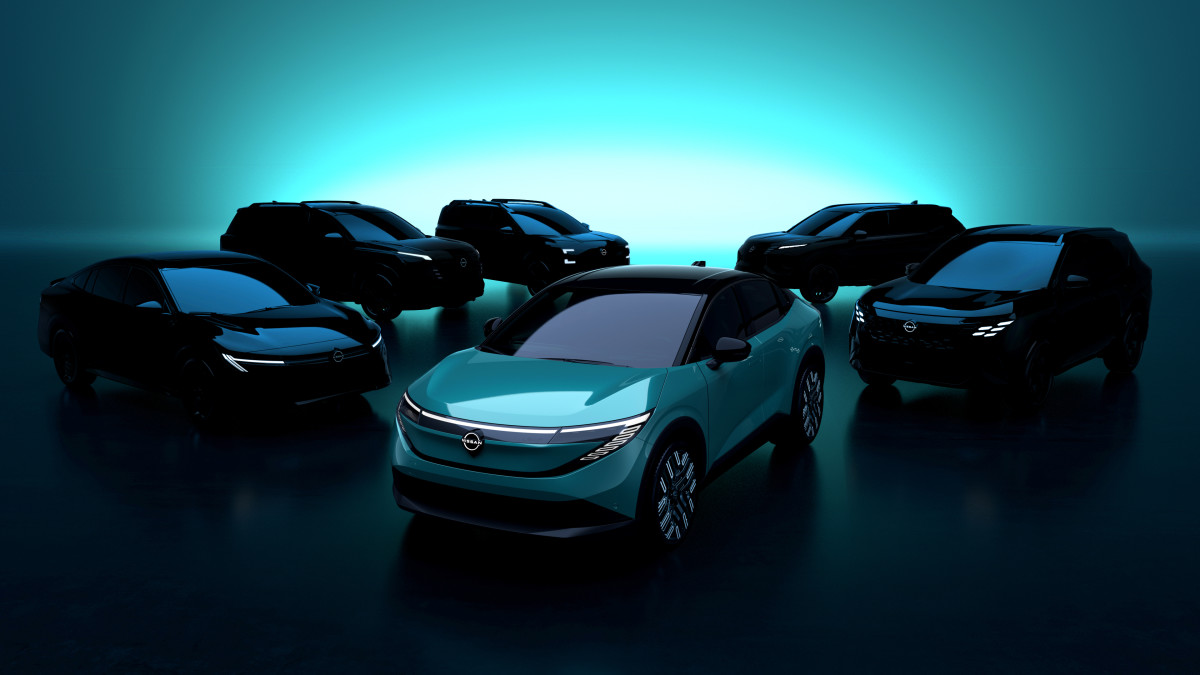Nissan is expecting some tough losses
Earlier this week, recently appointed Nissan CEO Ivan Espinosa gave a stern and consequential diagnosis on what is needed to steer the company from the red and into the black. Among the steps detailed in a plan titled “Re:Nissan” is heavy streamlining and consolidation of the automaker’s current assets.
His turnaround plan includes an increased number of job cuts affecting up to about 20,000 people and closing seven of its car factories, among other moves meant to slim down Nissan’s footprint. He categorized these moves as “a very, very painful and sad decision to take” that is “necessary for the survival of Nissan.”
Espinosa: “Nobody did anything to fix [Nissan] until now.”
During a recent interview conducted by Motor Trend, Espinosa did not mince words about the situation Nissan is in, categorizing the situation as the backsplash resulting from heavy spending on a failed attempt to increase sales by doubling its series production and growing its headcount.
“[Nissan’s current situation] is not something that happened in the last couple of years. It’s more of a fundamental problem that probably started back in 2015, when management thought this company could reach [annual global vehicle sales] of around eight million,” Espinosa said. “There were heavy investments both in terms of planned capacity as well as in human resources, but the reality today is we are running at around half that volume. And nobody did anything to fix that until now.”

RICHARD A. BROOKS/AFP via Getty Images)
Espinosa: “We cannot rely on anybody.”
Prior to Espinosa’s tenure as the CEO of Nissan, his predecessor Makoto Uchida led the automaker to some positive results in 2022 and 2023. However, fortunes flipped in 2024, as declining sales, disappointing financial results, as well as failed merger negotiations with Honda led to his resignation and departure in March.
Despite the restructuring plan that initially began developing during his predecessor’s tenure, Espinosa said that he and the automaker is confident in keeping to the turnaround plan’s pillars “around cost reduction, around product and market strategies, and around partnerships,” adding that Nissan needs to work out its problems on its own.
“We need self-help. We cannot rely on anybody,” he said, adding that Nissan is in a good financial standing to pull itself out. “There was a huge pile of debt, and there was no cash in the bank. Today, I have more than $15 billion in the bank, plus committed lines of credit. So, the message here is we have time. The cash position of the company is good, but we have to move quickly.”

Nissan
Though Nissan has strong ties with Renault, as well as a technology partnership with Mitsubishi and Honda, Espinosa noted that he is avoiding a situation where Nissan is “hostage” to one particular automaker or another partner that collaborates with it, adding that he wants to leverage its strengths at the table.
“We are looking at partners that can bring more corporate value and support to Nissan in the long term. […] We have a lot to offer, a lot of value and a lot of engineering value to offer, and this is what we want to discuss with potential partners.”
Final thoughts
There are many levers that have to be pulled in order for Nissan to get out of its mess, which includes introducing new cars. More than 10 new models are slated for the U.S. and Canada within the next few years, including a new Leaf, a new Sentra, a new Rogue, and possibly a new Xterra.
However, running a car company is much more than producing “fun cars.” I do appreciate Espinosa’s blunt, no-nonsense approach and attitude towards tackling the problems triggered by the brand’s past, but as it is, time and the ink on the future financials sheets will tell if the restructuring is effective.